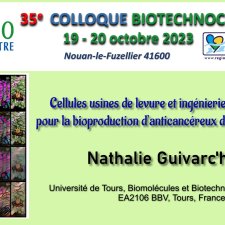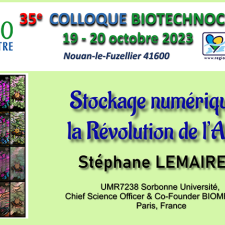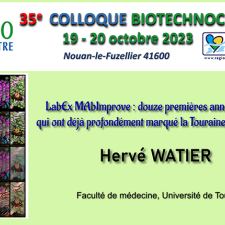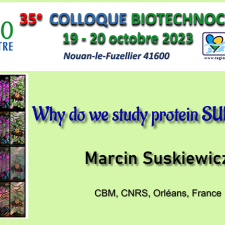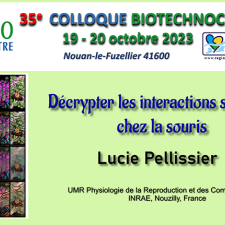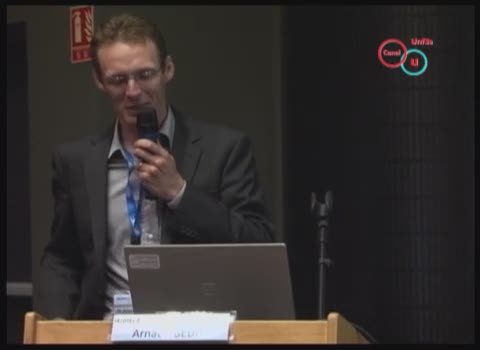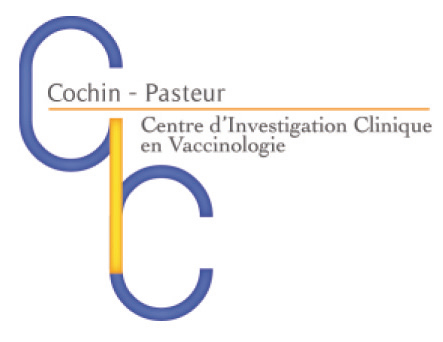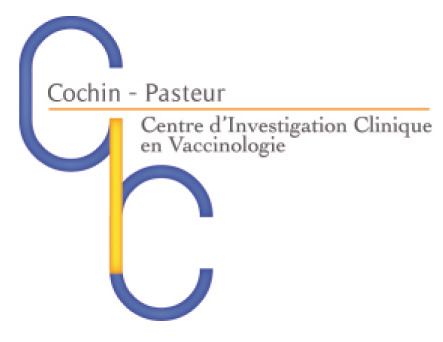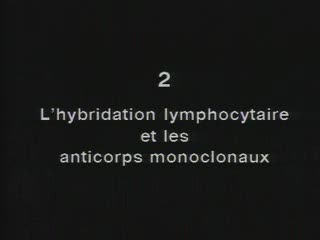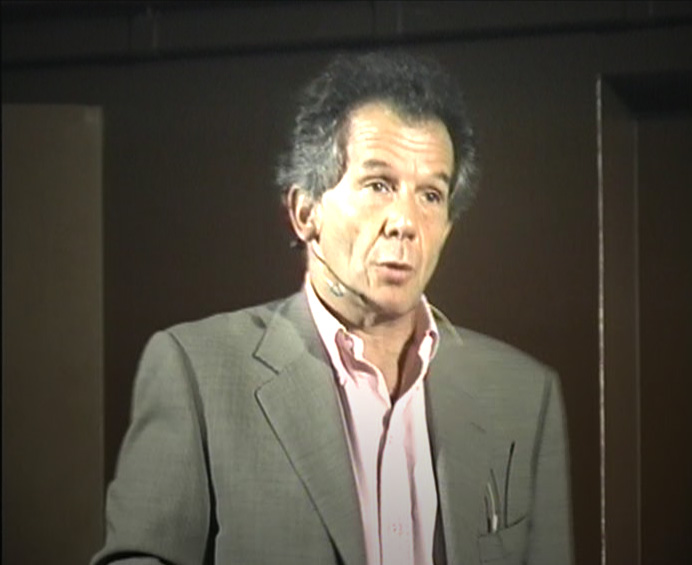Notice
Intra-Domain Cysteines (IDC), a New Strategy for the Development of Original Antibody Fragment-Drug Conjugates (FDCs)
- document 1 document 2 document 3
- niveau 1 niveau 2 niveau 3
Descriptif
Antibody-drug conjugates (ADC) are the pinnacle of vectorized chemotherapy against cancer, with 14 approved ADCs worldwide and hundreds more under clinical trials. However, most ADCs are derived from a full immunoglobulin-G (IgG) and are associated with suboptimal solid tumor penetration and Fc-mediated toxicities. Antibody fragment-drug conjugates (FDC) could thus be an alternative. Nevertheless, innovative solutions are needed to implant conjugation sites on the single chain fragment variable (scFv) format, which is the backbone from which many other antibody formats are built. In addition, the bioconjugation site has an utmost importance to optimize bioconjugates.
Considering these observations, here we assess the impact of different locations of a site-specific bioconjugation motif on variable domains in eight engineered anti-HER2 scFv (H0C2-S1 to H0C2-S8) produced in CHO cells. For this purpose, we explored different positions for the incorporation of two cysteines in these scFv using two strategies (linear vs conformational). We evaluated on each scFv the impact on proteins characteristics and the controlled bioconjugation process of a single monomethyl auristatin F (MMAF) molecule.
Our results showed no proteolysis issue and satisfying production yields in CHO cells for new scFv H0C2.S1 to H0C2.S8. Four scFv (H0C2.S3 to H0C.S6) displayed excellent bioconjugation ability, on which we evaluated the integrity, the affinity to HER2, the stability, and the cytotoxicity in vitro, on both native and conjugated forms. In comparison to previously described 4D5.2-MMAF, two new fragment-drug conjugates (FDCs), H0C2.S4-MMAF and H0C2.S6-MMAF, exhibited enhanced ability to kill in vitro HER2-positive SK-BR-3 cells at picomolar concentrations while sparing HER2-low MDA-MB-231 cells.
Until recently most innovation in the ADC field involved the chemical part of the ADC. This work represents an important optimization step in the design of more complex and effective conjugates towards future in vivo translation to evaluate their full potential. Protein engineering for control bioconjugation and high loading payload are on the rise, in particular for new vector format based antibody.
Thème
Dans la même collection
-
Cellules usines de levure et ingénierie métabolique pour la bioproduction d’anticancéreux d’origine…
Guivarc'hNathalie35ème Colloque BioTechnoCentre 19-20 octobre 2023, la Ferme de Courcimont ((Nouan le Fuzelier, 41600 F
-
Coopération fonctionnelle entre différents anticorps anti-FP4 dans la Thombopénie induite par l’hép…
BillySandra35ème Colloque BioTechnoCentre 19-20 octobre 2023, la Ferme de Courcimont ((Nouan le Fuzelier, 41600 F)
-
Des champignons et des biomolécules
PaponNicolas35ème Colloque BioTechnoCentre 19-20 octobre 2023, la Ferme de Courcimont (Nouan le Fuzelier, 41600 F)
-
Stockage numérique : La Révolution de l’ADN
LemaireStéphane35ème Colloque BioTechnoCentre 19-20 octobre 2023, la Ferme de Courcimont ((Nouan le Fuzelier, 41600 F)
-
Technologie d’encapsulation sur base de chlorophylle
DaligauxPierre35ème Colloque BioTechnoCentre 19-20 octobre 2023, la Ferme de Courcimont ((Nouan le Fuzelier, 41600 F)
-
Processes that employ green technology to obtain extracts for use in functional foods and cosmetics
Lopes de OlivieraAlessandra35ème Colloque BioTechnoCentre, 19-20 Octobre 2023, la Ferme de Courcimont (Nouan-le-Fuzelier 41600 F)
-
LabEx MAbImprove : douze premières années d’existence qui ont déjà profondément marqué la Touraine …
WatierHervé35ème Colloque BioTechnoCentre 19-20 octobre 2023, la Ferme de Courcimont (Nouan le Fuzelier, 41600 F)
-
Why do we study protein SUMOylation?
SuskiewiczMarcin Jozef35ème Colloque BIOTECHNOCENTRE, 19-20 octobre 2023 La Ferme de Courcimont (Nouan-le-Fuzelier, 41600 F)
-
Décrypter les interactions sociales chez la souris
PellissierLucie35ème Colloque BIOTECHNOCENTRE, 19-20 octobre 2023 La Ferme de Courcimont (Nouan-le-Fuzelier, 41600 F)
Sur le même thème
-
Les Vendanges du Savoir - Le vin fut-il le meilleur des médicaments au XIXème siècle ?
Le BrasStéphaneSouvent présenté comme une panacée, le vin jouit depuis l'antiquité d'une réputation solide de remède à de nombreux maux. Dans un XIXe siècle où les pratiques médicinales et pharmaceutiques se
-
Défenses immunitaires et vaccination - Philippe KOURILSKY
KourilskyPhilippe"Chez tous les organismes multicellulaires développés, qu'il s'agisse de plantes, d'insectes, ou d'animaux, des systèmes de défense complexes contiennent l'invasion par des microorganismes. Chez l
-
JACOTES 2011 – Perspectives et Conclusions.
BedinArnaudTitre : JACOTES 2011 – Perspectives et Conclusions.Intervenant : Arnaud BEDIN (Industrie pharmaceutique, Laboratoire Roche). Résumé : Rappel de l’histoire du traitement du cancer bronchique.
-
CIF vaccinologie 2011 - Développement clinique des vaccins : corrélats de protection
FritzellBernardCours international francophone de vaccinologie.Titre : CIF vaccinologie 2011 - Développement clinique des vaccins : corrélats de protection.Intervenant : Bernard FRITZELL. L’auteur n’a pas transmis
-
Vaccinologie 2011 - Vers des vaccins antigrippaux plus immunogènes.
DenisMartineThème : Vaccination antigrippale et immunodépression.Titre : Vaccinologie 2011 - Vers des vaccins antigrippaux plus immunogènes : perspectives. Résumé : La grippe peut survenir chez les personnes
-
L'hybridation lymphocytaire et les anticorps monoclonaux
PauBernardPhysiologiquement, la réponse immunitaire humorale productrice d'anticorps est polyclonale. L'hybridation d'une cellule immortalisée et d'un lymphocyte B permet d'obtenir en permanence et en abondance
-
Méthodes d'identification des épitopes peptidiques
GranierClaudeL'épitope est la structure moléculaire reconnue par le paratope d'un anticorps. L'identification d'épitopes spécifiques est particulièrement intéressante dans le domaine biomédical pour comprendre,
-
Immunociblage des tumeurs
PèlegrinAndréLe repérage et l'éradication totale de tumeurs demeurent encore difficiles. Une approche de ces problèmes consiste à exploiter la spécificité de reconnaissance des anticorps pour des antigènes
-
10ème colloque de biologie prospective-importance of glycosylation indisease
TaniguchiNaoyukiDans le cadre du 10ème colloque de biologie prospective, qui s'est tenu à Nancy, le Professeur Naoyuki Taniguchi nous expose le sujet suivant : importance of glycosylation indisease; implication for
-
La diversité immunologique
WeillJean-ClaudeLa diversité du système immunitaire doit faire face à la diversité du monde extérieur, et plus précisément à celle des pathogènes : bactéries, virus, parasites. Suivant les espèces des stratégies


